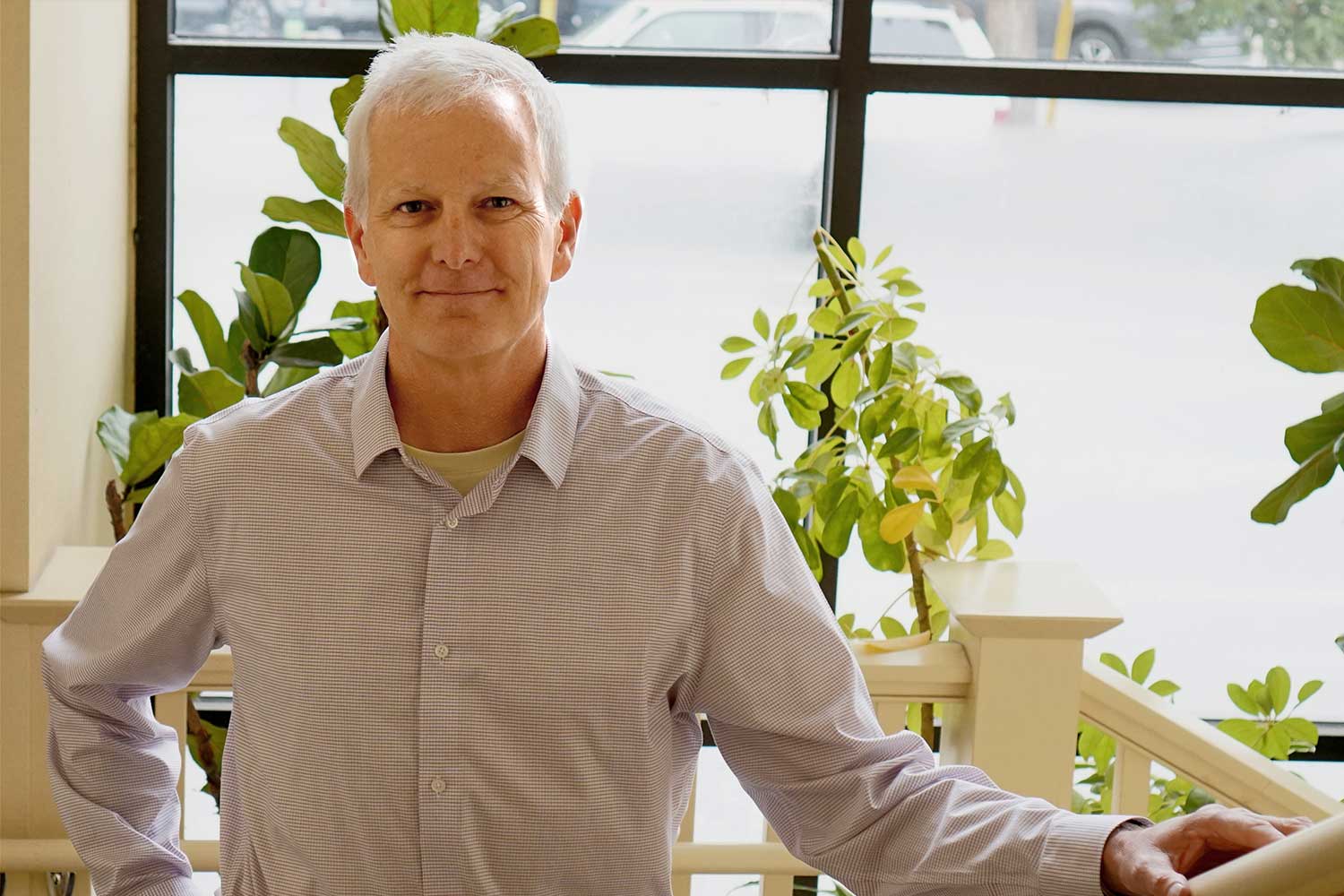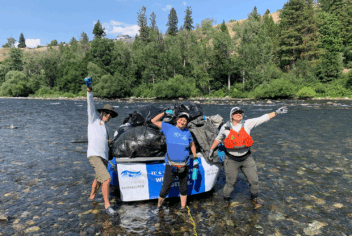When NIA formed 30 years ago, we were the first multi-line nonprofit risk pool offering coverages by nonprofits, for nonprofits.
NIA was an unusual cooperative for many reasons, but the most defining feature was its awareness, knowledge, and assessment of nonprofits to offer innovative coverages designed specifically for the sector.
Steve Moody, who has worked with NIA for 27 years, discusses how NIA determines what coverages to offer nonprofits.
You worked for a for-profit insurance carrier prior to working for NIA. Did you notice any stark differences in attitudes toward customers between your previous workplace and this nonprofit?
A huge difference. The mission of that P&C (Property & Casualty) insurance company was completely different in underwriting philosophy from NIA. The name of the game was to get as much premium as you could with very little emphasis on customer satisfaction.
At NIA, that’s not how we think. We’re more about fairness toward our members and all parties involved, and we’re interested in building long-term relationships with our members. That resonated with me.
And did you notice any difference in the policies offered?
Absolutely. NIA is a nonprofit, and our policies are geared toward our specific market, the 501(c)(3) nonprofit sector.
One difference we introduced early on was a $10,000 reimbursement to the nonprofit employer for an employee placed on leave during an improper sexual conduct or physical abuse investigation. Nobody does that. We didn’t charge additional premium for this added coverage.
We provide the reimbursement so that the nonprofit can then place the accused employee on leave during the investigation and have another staff person take on the accused employee’s duties without incurring additional payroll expenses.
This way, all parties are protected, and the nonprofit can continue to function in the meantime. When any of our members hear that we offer this as part of our coverage, they immediately understand and appreciate why.
How do you decide what exactly nonprofits need and what specifically to add or remove on a coverage form to respond to those needs?
Our underwriters will get feedback from their brokers about our coverage forms. Or, underwriters may get feedback from the nonprofits themselves.
Once in a while, we learn that a nonprofit needed a coverage we didn’t offer. We have a standing committee to evaluate that new coverage and see whether we ought to provide it.
Most of our coverage form changes stem from feedback from members and brokers. The second way coverage forms can change is if we handle a claim and then learn during the claim handling process that there is a gap in coverage. We’ll amend the coverage form to close that gap if we think it makes sense.
An example is the product we created because of claims at group homes.
Let’s say a client of the group home intentionally damages the personal auto of an employee or volunteer. That sort of claim would then become the responsibility of the employee/volunteer and not the insurance company or the group home.
We created a product so we can pay for that type of damage. We scored lots of kudos from our members who sometimes deal with difficult clients!
Does NIA have a process for defining its position on policies to respond to a changing landscape?
It’s very much a collaborative approach. We talk about the issue and we try to come up with a solution that meets the needs of the nonprofit sector.
We’re careful not to introduce anything that’s too broad or too restrictive. We want to provide sustainable coverage that nonprofits can depend on year after year.
We have around 900 active coverage forms and endorsements tailored specifically to nonprofits. Keeping those organized is quite a task.
We spend a lot of time managing those forms — constantly moving, changing, improving them — retiring forms and introducing new ones to account for new laws, rules, or statutes in the various states.
Other than requesting coverages, what do brokers usually contact NIA about?
We always invite brokers to ask questions. A lot of brokers don’t really know what Directors & Officers (D&O) coverage is. They may not be experts on Improper Sexual Conduct and Physical Abuse coverage.
Most brokers don’t know where Employment Practices Liability is addressed in the coverage. You have to know where to look! It’s under the definition of wrongful act in the D&O form.
Brokers who aren’t familiar with these coverages are usually the ones who are not familiar with nonprofits. We try to help them as much as possible. These coverages come into the spotlight because of the nature of how nonprofits work.
Every single nonprofit must have a board, for example, whereas if it’s just a business — say a restaurant an individual owns — there doesn’t have to be a board.
Our D&O is also different from what most insurance carriers offer. It has features that are beneficial to the member. For example, we provide up to $250,000 in defense assistance for wage and hour claims. Other carriers don’t do that.
So, our policy doesn’t cover unpaid wages, but we’ll assist the nonprofit if there is an investigation surrounding a wage or hour violation. We spend money on that. That’s a big difference, and our members greatly appreciate it.
Steve Moody is the Compliance Director at Nonprofits Insurance Alliance. He has worked in the insurance industry for over 30 years.
Steve is one of the founders of The Bay School, a nonprofit school in Santa Cruz for autistic children and one of NIA’s insured members. He has also served on the boards of two additional NIA members, as president for Dientes Community Dental Care and as former Secretary for the Santa Cruz Breakers.
Steve has two children, one wife, one cat, one dog, one tractor, and three bicycles.





